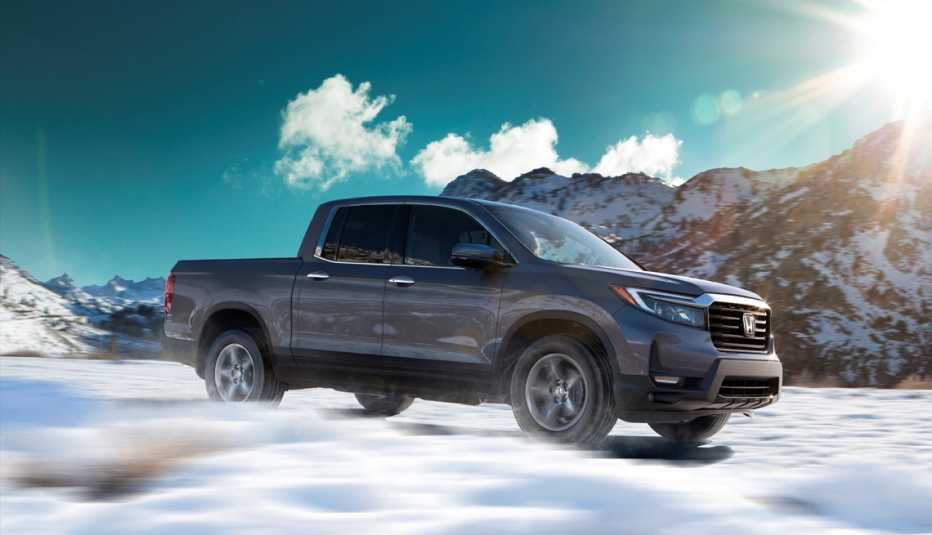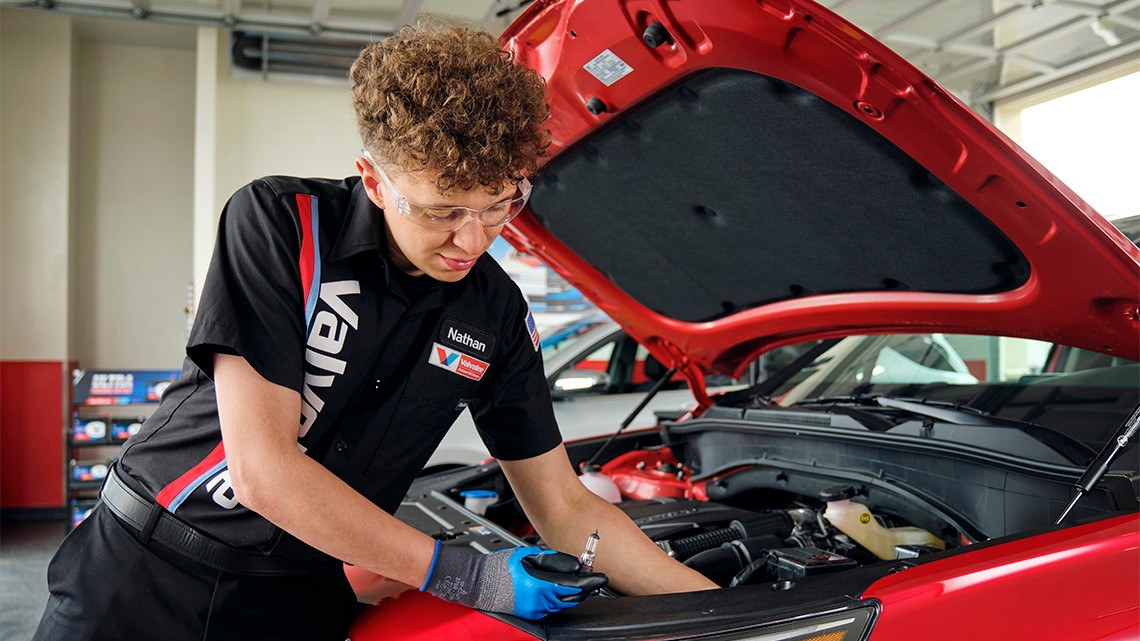Staying Fit
Shopping for a car today can be overwhelming for several reasons — from low inventory and supply-chain issues to high sticker prices. And if you haven’t been in the market for a while, you may feel like the process requires a whole new vocabulary: Modern automotive technology has brought with it a slew of acronyms that can be a challenge to grasp but are important to understand before you step into the showroom or weigh options online. So before test-driving new cars, a first step is to decode the terminology.


AARP Membership— $12 for your first year when you sign up for Automatic Renewal
Get instant access to members-only products and hundreds of discounts, a free second membership, and a subscription to AARP the Magazine.
Auto power supply
When it comes to a car’s power supply, everything used to be focused on the engine. But now there are four important terms to learn.
1. ICE: Internal combustion engine — yup, the one you grew up with. And while everyone is talking about electric cars these days, don’t count out the gasoline models. Ronald Montoya, senior consumer advice editor for Edmunds.com, says, “It’s not a dinosaur. It’s going to be around for a while.”
2. HEV: Hybrid electric vehicle. The Toyota Prius was the first popular hybrid, meaning the car runs on gas and electricity (the electricity is used to get the car started or assist in acceleration), but these days there are plenty of manufacturers. Montoya says it’s a great choice for people who want great mileage but don’t want to worry about charging a fully electric car.
3. BEV: Battery electric vehicle. This is an electric car in the purest sense. Yes, you’ll save a lot of money driving past the gas pump, but Montoya points out the generally higher sticker price, advising consumers to “compare the full cost of the vehicle, not just the price of gas.”
4. PHEV: Plug-in hybrid electric vehicle. It has both a gas motor and a plug-in for charging the electric engine. The battery will run the car for 15 to 30 miles, and then the gas motor will kick in. Montoya points out, “You don’t ever have to worry about being stranded running out of battery because the gas engine will back you up.”
Safety systems
Terms used to describe safety systems in a car fall under one big acronym: ADAS, or advanced driver assistance systems.
The exact terminology for different features can vary from one car manufacturer to the next — a challenge for auto buyers. “For example, there’s a general understanding of traditional cruise control,” says Stan Caldwell, executive director of Carnegie Mellon’s Traffic21 Institute. “The different names attached to these new features is causing some confusion to consumers.”
Caldwell hopes car manufacturers adopt a common language to make it easier for shoppers. Until that happens, it’s good to know these generic terms:
5. ACC: Adaptive cruise control. It does more than just pay attention to car speed, it also monitors the car ahead of you so that you don’t get too close. Toyota, for example, calls this Dynamic Radar Cruise Control.





































































